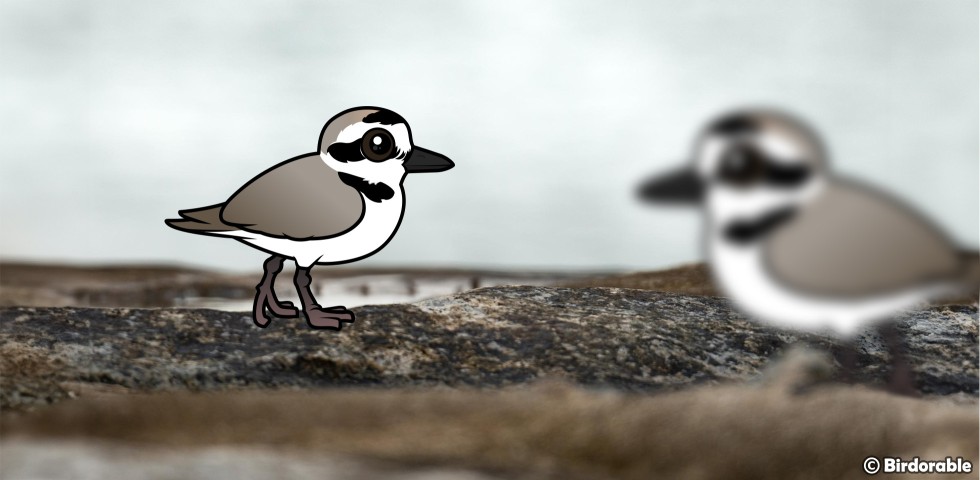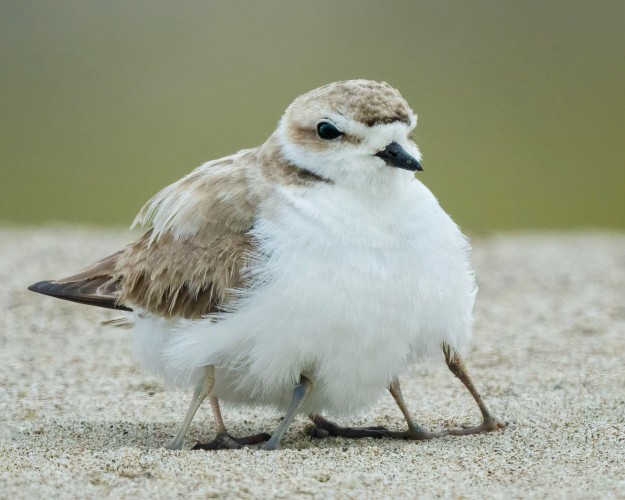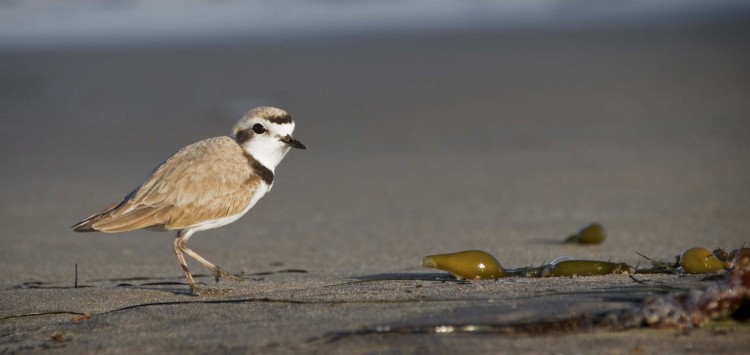Introducing the Snowy Plover: Birdorable's Latest Feathered Friend

If you've ever strolled along a beach in North America or a coastal mudflat, there's a chance you've been in the presence of one of the shore's most charming inhabitants without even realizing it. The Snowy Plover, a small and often overlooked bird, has recently flapped its way into the Birdorable family, and we couldn't be more thrilled to introduce you to this adorable avian.
The Snowy Plover is a small wader in the plover family that frequents sandy beaches and saline lake shores in parts of the Americas. With their pale brown to gray upperparts and white underparts, these birds blend seamlessly into their sandy habitats, a perfect camouflage against predators. What makes the Snowy Plover particularly endearing is its size; weighing just about 50 grams (roughly the weight of a deck of cards) and measuring around 6 to 7 inches in length, they are the epitome of cuteness.
Despite their unassuming appearance, Snowy Plovers are fascinating creatures. They exhibit remarkable nesting behaviors, laying their eggs in simple scrapes in the ground. These nests are often nothing more than slight depressions in the sand, lined with shells and debris, making them incredibly hard to spot. The camouflage is so effective that the nests and chicks are often invisible until you're almost stepping on them!
Snowy Plovers are also known for their dedication to their young. Both parents take turns incubating the eggs, and once hatched, the chicks are precocial, meaning they're up and running around just hours after emerging. However, they still rely on their parents to keep them warm and protect them from the elements and predators.

Snowy Plover and Chicks by Channel City Camera Club (CC BY 2.0 DEED)
But life isn't all sunny skies and sandy beaches for the Snowy Plover. These birds face significant challenges, primarily due to habitat loss, human disturbance, and predation. Their nesting sites are often at risk from beach development, recreational activities, and the encroachment of invasive plant species, which can dramatically alter their natural habitats. Conservation efforts are underway in many areas to protect these delicate habitats and the birds that rely on them. Measures such as restricting access to nesting areas during breeding season, habitat restoration, and predator management are essential to ensure the survival of Snowy Plovers in the wild.
By adopting the Snowy Plover into our flock, we hope to raise awareness and inspire a love and respect for these and other threatened species. Whether you're a birdwatcher, a conservationist, or simply someone who appreciates the beauty of the natural world, the Snowy Plover is a bird worth knowing and protecting.
So the next time you're walking along a beach, keep an eye out for these tiny beachcombers scuttling along the shoreline. And remember, the presence of Snowy Plovers and other shorebirds is a sign of a healthy, functioning ecosystem. By protecting them, we're not only saving a cute and fascinating species but also preserving the beauty and biodiversity of our coastal environments for future generations to enjoy.

Snowy Plover by Channel City Camera Club (CC BY 2.0 DEED)













Comments
Leave a comment
Thank you!